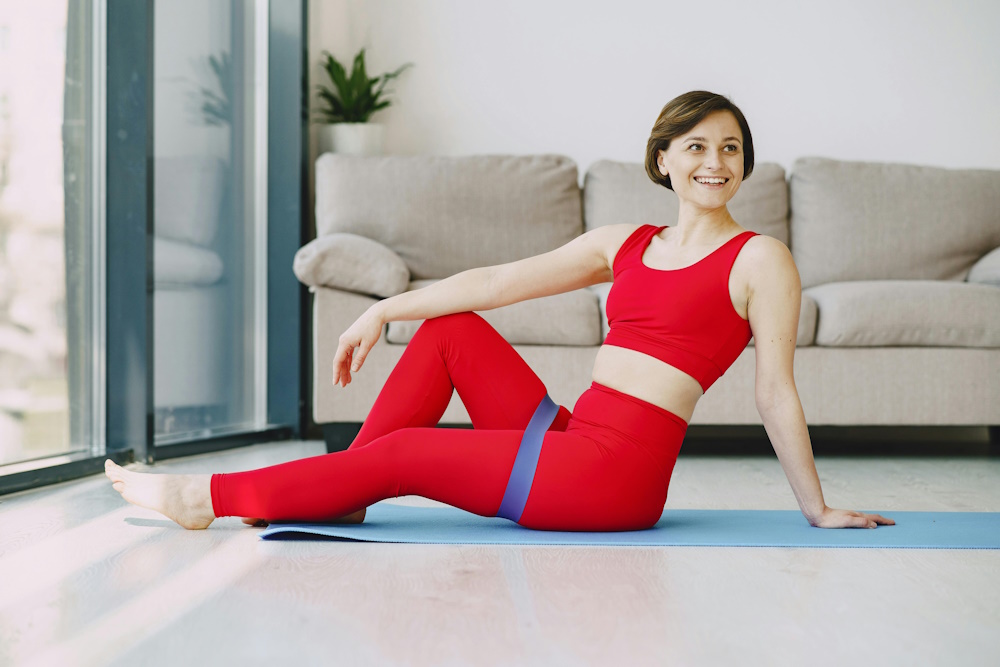Pilates challenges have gained immense popularity for their transformative effects on the body and overall well-being. Many individuals wonder about the science behind these remarkable results. This guide will delve into the scientific aspects of Pilates challenge outcomes, exploring the timeline for visible changes, the underlying scientific principles of Pilates, its ability to reshape the body, and the mechanisms through which it influences physique.
How Long Does It Typically Take to See Results from Pilates?
The timeline for visible results from Pilates can vary among individuals due to factors like fitness level, frequency of practice, and adherence to a healthy lifestyle. However, some general trends can provide insights into when results may become noticeable:
1. Strength and Endurance: Most people experience improved strength and endurance within a few weeks of consistent Pilates practice. This can manifest as the ability to hold positions longer, perform more repetitions, or use more resistance in exercises.
2. Flexibility: Enhanced flexibility often becomes evident after a few weeks to a few months of regular Pilates. Increased range of motion in joints and improved muscle flexibility contribute to this effect.
3. Posture: Positive changes in posture can become noticeable within a few weeks. Pilates emphasizes core strength and alignment, which can lead to better posture and reduced discomfort.
4. Muscle Tone: Visible muscle tone and definition typically become apparent within 2 to 3 months of consistent Pilates practice. This depends on factors such as initial fitness level, intensity of workouts, and individual body composition.
5. Weight Management: Pilates alone may not lead to significant weight loss, but it can complement a weight management strategy. Achieving noticeable changes in body composition may take several months or longer, depending on diet and exercise consistency.
It’s important to remember that results may differ from person to person. The key to success in a Pilates challenge is consistency, patience, and a holistic approach to health and fitness.
Is There Any Science Behind Pilates?
Absolutely, Pilates is rooted in scientific principles that explain its effectiveness in promoting physical fitness and overall well-being. Some key scientific aspects of Pilates include:
1. Core Activation: Pilates emphasizes core activation through exercises that engage the deep abdominal muscles, including the transverse abdominis. This enhances core stability and protects the spine.
2. Muscle Recruitment: Pilates encourages the recruitment of specific muscle groups to perform movements with precision and control. This selective muscle activation leads to balanced muscle development.
3. Neuromuscular Coordination: Pilates exercises promote neuromuscular coordination, enhancing the connection between the brain and muscles. This coordination leads to smoother, more controlled movements.
4. Breathing Patterns: Pilates incorporates specific breathing patterns that optimize oxygen flow, improve lung capacity, and enhance relaxation, contributing to overall well-being.
5. Flexibility and Stretching: Pilates includes stretching exercises that target muscle groups and improve flexibility. Scientifically, stretching is essential for maintaining joint health and reducing the risk of injuries.
6. Body Awareness: Pilates fosters body awareness, which is scientifically linked to improved proprioception—the body’s ability to sense its position in space. Enhanced proprioception reduces the risk of falls and injuries.
7. Mind-Body Connection: Pilates cultivates a strong mind-body connection, which has been associated with reduced stress, improved mental focus, and enhanced overall mental well-being.
Can Pilates Really Change Your Body?
Yes, Pilates has the potential to significantly change your body by promoting various physical improvements:
1. Muscle Toning and Strength: Pilates exercises use body weight, resistance, and controlled movements to tone and strengthen muscles. Over time, this leads to increased muscle definition and strength.
2. Flexibility and Range of Motion: Regular Pilates practice can improve flexibility, allowing for a wider range of motion in joints and muscles. This contributes to enhanced posture and reduced stiffness.
3. Postural Alignment: Pilates emphasizes proper alignment and core engagement, leading to better posture. Correcting postural issues can result in a taller, more confident appearance.
4. Core Stability: Pilates is renowned for its focus on core stability. Strong core muscles support the spine, reduce the risk of back pain, and improve overall stability.
5. Body Awareness: Pilates promotes heightened body awareness, which helps individuals identify and correct movement imbalances and postural problems.
6. Enhanced Mind-Body Connection: The mind-body connection cultivated in Pilates contributes to reduced stress, improved concentration, and a sense of overall well-being.
How Does Pilates Change Your Physique?
Pilates influences physique changes through several mechanisms:
1. Muscle Activation: Pilates engages specific muscle groups, promoting muscle toning and development. Exercises like planks, leg lifts, and side leg series target different muscle areas for a more sculpted physique.
2. Core Strength: Pilates focuses on strengthening the core, which leads to a flatter stomach and improved abdominal definition.
3. Posture Improvement: Better posture achieved through Pilates exercises contributes to a more upright, confident appearance.
4. Alignment and Balance: Pilates improves body alignment and balance, enhancing overall physical presence.
5. Enhanced Flexibility: Improved flexibility and range of motion lead to a more graceful and agile physique.
6. Mind-Body Wellness: The mental and emotional benefits of Pilates, including stress reduction and enhanced mental focus, can contribute to a more positive and radiant presence.
In summary, the science behind Pilates challenge results is grounded in principles of core activation, muscle recruitment, neuromuscular coordination, and more. While the timeline for visible changes varies, consistent practice can lead to improvements in strength, flexibility, posture, and overall well-being. Pilates has the potential to significantly change the body by toning muscles, enhancing flexibility, improving alignment, and fostering a strong mind-body connection. Its holistic approach contributes to a more balanced, confident, and radiant physique over time.
